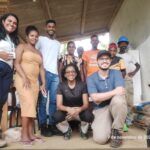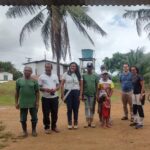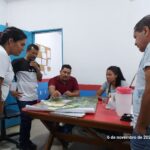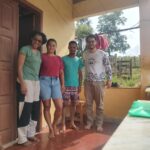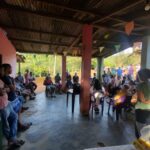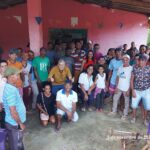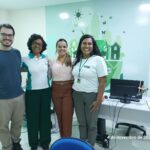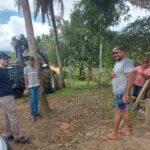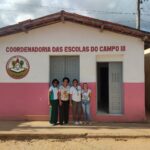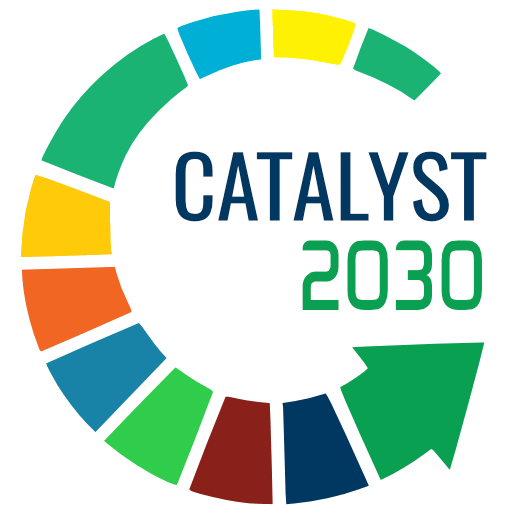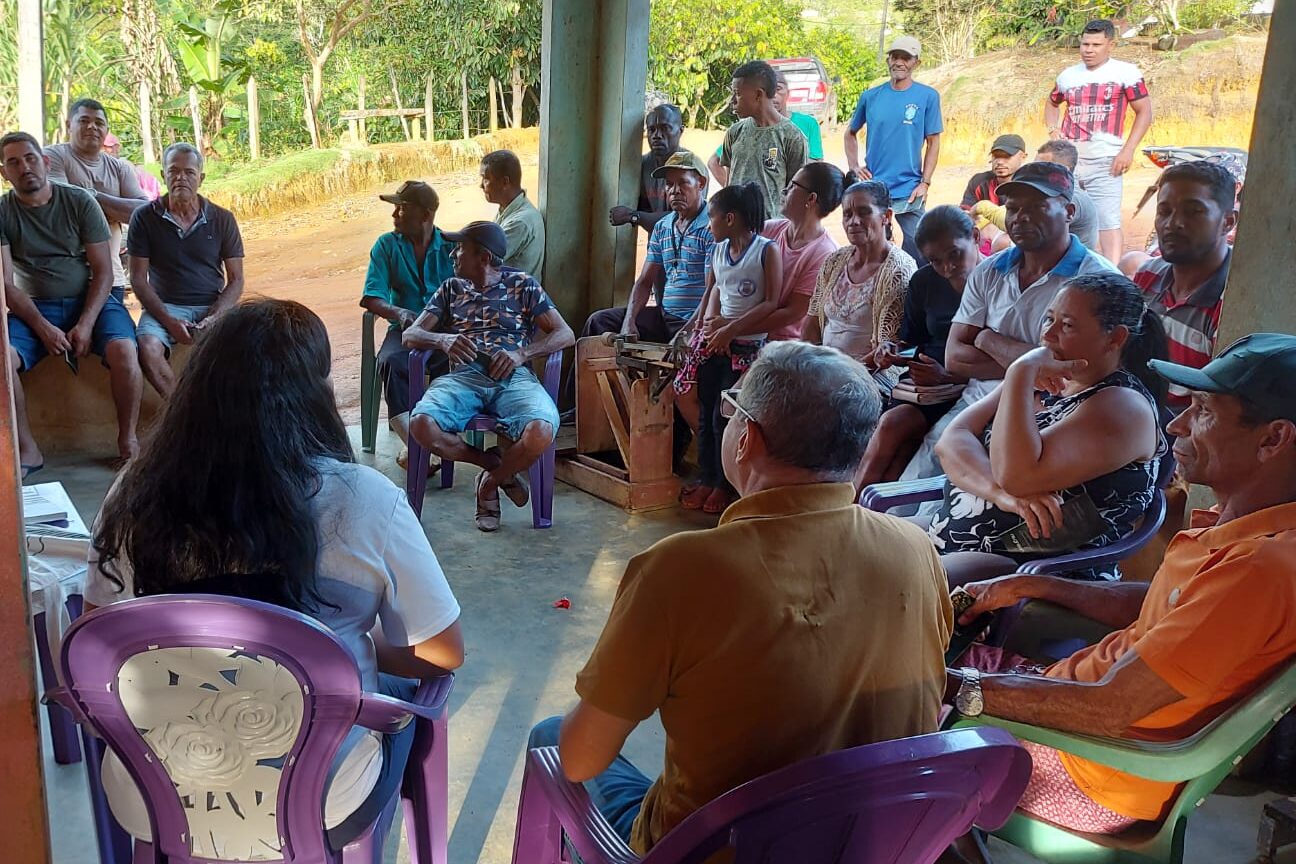
In the heart of Bahia’s lower south, between the towns of Taperoá and Gandu, an innovative reforestation project intends to transform the landscape and benefit both the environment and local communities. This initiative, led by re.green, marks the first stage of a carbon credit program through the reforestation of native forest on the former Muanza Farm, which until then had been used to raise cattle. This initiative is part of expanding the company’s operations in the Atlantic Forest biome.
For carbon credit certification to be achieved, it is essential to follow strict protocols and ensure that active listening to communities is conducted efficiently and sensitively. And that’s where Raízes Sustainable Development comes in…
re.green and the partnership for reforestation
re.green is a company dedicated to large-scale ecosystem restoration, focusing on climate change mitigation and socio-environmental development. Its work combines cutting-edge science with practices that promote the regeneration of native forests, contributing to carbon capture and the preservation of biodiversity.
To meet the rigorous international standards required for carbon credit certification, re.green develops projects that combine technology, scientific knowledge, and participatory methodologies. This is where the partnership with Raízes Sustainable Development comes in. Active listening and consultation with communities are fundamental steps in ensuring that projects respect local dynamics and are truly inclusive.
“We looked at the proposed roadmap, improved it, and applied it carefully, respecting the people. Our wealth of experience in dealing with people brought re.green the best results they needed to achieve,” said Lucila Egydio, project director here at Raízes.
Listening, identification, initial characterization, and snowball methodology
Before going into the field, a detailed survey of secondary data was carried out, including socio-economic aspects, land occupation, reserve areas, and access routes in the region. Information on nearby communities was also researched, including quilombos and settlements, in an attempt to understand their relationship with the project area.
This initial mapping was essential for aligning the actions with the protocols required for carbon credit certification and for integrating the communities into the process. With the initial data in hand, the next stage involved fieldwork and the application of the “snowball” methodology.
This methodology consists of initially identifying a small group of key people linked to the topic or region and, from them, obtaining new indications of relevant contacts. This process continues like a “snowball” that grows as new leads are added, forming a broad and representative network of interlocutors.
This technique allowed us to establish a network of contacts from a starting point: people linked to local agroecology. From these initial contacts, we expanded to community leaders and representatives of public authorities. To structure the listening process, the interview script was refined and applied both individually and in groups. This process revealed the communities’ expectations, as well as their knowledge of the project, their expectations, and the impacts that could arise.
These conversations resulted in important planning tools, such as standard documents (One Pages) that summarize each group’s perspective on the project, a map of relationships and stakeholders, representing the connections and influences between local actors, and an outline of potential conflicts and opportunities for collaboration. A Risk Matrix was also drawn up, with recommendations for actions to prevent conflicts from occurring, as well as mitigation and contingency actions.
Building sustainable paths
Based on the information gathered during the listening process, a plan was developed that integrates meeting the needs of the communities with the technical requirements for carbon credit certification. The standardization of activities was designed to minimize conflicts and create an environment of cooperation, ensuring that reforestation brings concrete benefits to both the region and the planet.
The work carried out at Muanza Farm exemplifies how collaboration between science, sustainability, and community dialog can result in solid, transformative projects. By transforming pastures into forests, the project not only contributes to carbon capture but also promotes fairer and more sustainable relations with local communities.
Raízes has put its expertise into practice, adding consistency to the project and is very happy to contribute to re.green, and we look forward to even more initiatives in partnership!
